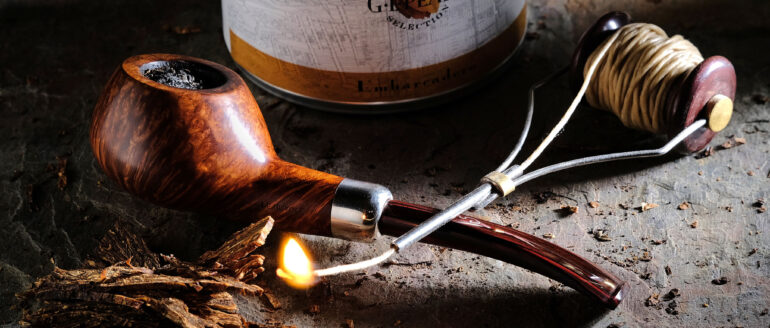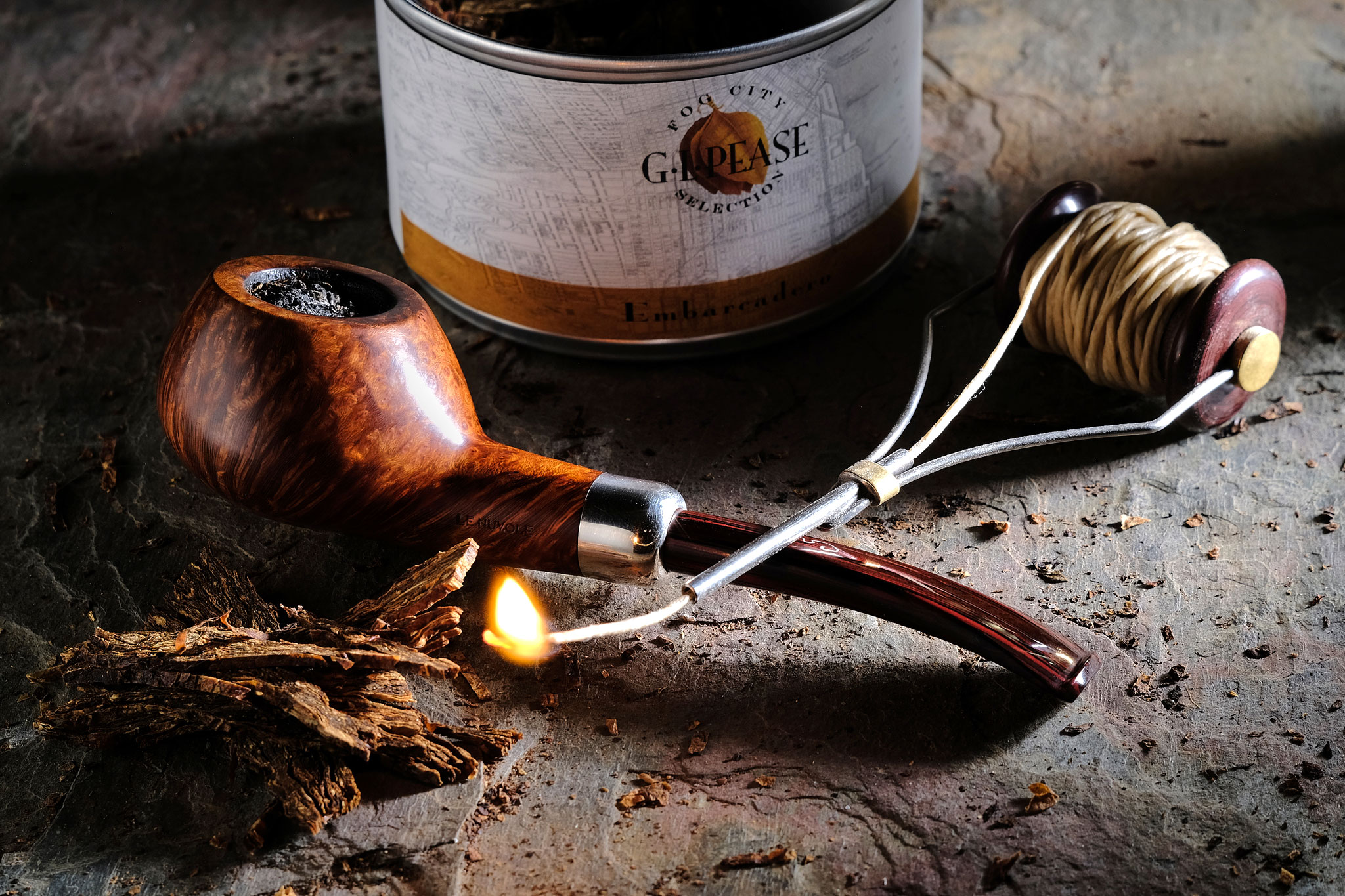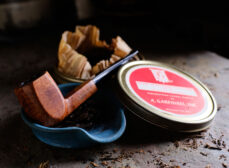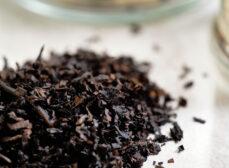
Sometimes, fortunately not too often, I forget stuff, and it bugs me. What’s worse, though, is when I don’t remember that I forgot it, though I guess that bugs me less because I don’t even know I should be bugged. When something is out of mind long enough, though, it can be fun to rediscover what it was, sometimes in a whole new way. This happened recently in a couple ways, and it’s been a blast.
First up, the charring light. Some time ago, my friend Quinton reintroduced me to the advantages of using the first light to gently warm the tobacco at first, not drawing deeply to get an ember going, but to take very soft puffs to draw a bit of heat into the bowl, letting the tobacco bloom a bit, and pull the volatiles that are released softly through the tobacco below. It’s no great revelation, but it’s something that I’d been ignoring. Too often, I find myself rushing the process, wanting to get the pipe lit before scurrying off to do something else. Not ideal.
His method? Instead of pulling it into the bowl on the initial light, hold the flame a good distance from the tobacco, about ⅜” (1cm), and draw delicately while moving the flame in a “Circular motion hitherto unknown to the people in this area.” (Apologies to the late Frank Zappa, but bonus points if you catch the reference.) When the tobacco is ready, it will begin to glow and smolder and dance, sort of spontaneously lighting itself. Tamp delicately, let it just sit for a few relaxing minutes, and re-light, again gently. It might take a couple times to get the hang of it, but the reward is a noticeable amplification of the flavor and aroma, an enhancement of the tobacco’s natural sweetness, and just a more beautiful smoking experience.
To be clear, this is not the same thing as the once popularly discussed Delayed Gratification Technique, or DGT. Honestly, I was never, and still am not a big fan of that. The idea was to get the pipe lit, then put it aside for some hours, even overnight, and return to it later. Perhaps the worst aspect of this technique is the inconsistency it can produce. If all is done perfectly, the initial light gently applied, not too much distillate finding its way to the bottom of the bowl to oxidize and potentially foul the smoke and so on, it can present an interesting difference in taste, but too often, I would find the result harsh, acrid and far from satisfying. I don’t like re-lit cigars for very much the same reasons. This isn’t that. It’s about taking time, slowing down, lighting the pipe with intention, gradually building the ember to maximize the smoking experience. Try it. You might like it. (Then again, you probably already do it, and I’m just talking to myself. That seems to happen a lot these days.)
Next up, the idea of letting a tin of tobacco breathe once it’s been opened, especially young tins. When tobacco is tinned, it begins a new journey, undergoing a unique sequence of chemical changes that are different from those that occur when it’s sitting out in the open, or even in plastic bags. These changes start out happening quite rapidly, and slow down over time, but once the tin is opened, everything changes. And, the first bowl from that freshly opened tin can be awkward, disjointed and unbalanced, not revealing all the goodness the tobacco has to offer, and even present some “off” tastes. Like a good wine, it can benefit dramatically from a little breathing room to develop its full flavor and aroma profile.
I was reminded of this very recently, and posted something about it on Instagram. Here’s a paraphrase of what I wrote: “I’ve enjoyed quite a lot of this one over the years, usually with some age behind it. As I’ve often written, the first year of a tinned blend’s life is its most dramatic. After that, the processes involved and the changes begin to slow down, and while tobaccos will continue to develop over five, ten, even twenty years or more, never is the change so noticeable as it is in that first year. So, I decided to open a tin produced within the last couple months to re-experience the leaf in its fresh state.
“I found the first bowl from that freshly opened tin disappointing. It did not exhibit the character I’ve come to know.” In the enthusiasm of my curiosity, I’d ignored, or more correctly forgotten about the breathing time. But, after just a couple days, everything had come together, and the blend was smoking beautifully. The character it exhibits when aged is certainly deeper, more complex, a little richer as the Virginias ferment more and develop substance, but in its younger guise, there’s a vibrance I found myself really enjoying. It’s sparkling and exuberant. Kind of like a Beaujolais Nouveau as compared with a nicely aged Cru.
Yeah, aged tobaccos are wonderful, but it’s nice to remember that even when young, blends can be delightful, as long as we don’t light them too aggressively, and remember to let them breathe a bit. Thanks to Quinton and a tin of young tobacco for the reminders. Thanks, too, to Mr. Zappa for the bonus points. I’m off to St. Alfonzo’s Pancake Breakfast to steal the margarine. I just hope Father O’Blivion doesn’t catch me and send me into the Cosmic Debris. The Excentrifugal Forz can really make my head spin.

Photo by G.L. Pease



















Good article. Has me re-evaluating my ignition style. Oh, and nice reference, re, F. Zappa: “Nanook…” Good stuff my man. Good stuff.